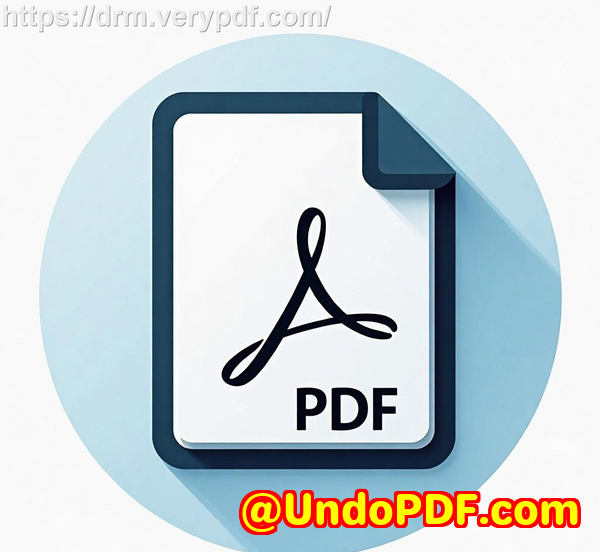OCBC Bank Statement Conversion Tutorial Export All Transaction Tables to Excel, CSV, JSON Using AI-Driven Extraction Faster Than Tabula, Docparser, or Manual Methods
OCBC Bank Statement Conversion Tutorial: Export All Transaction Tables to Excel, CSV, JSON Using AI-Driven Extraction Faster Than Tabula, Docparser, or Manual Methods
Every month, I used to spend hours hunched over my desk, manually entering transactions from OCBC bank statements into Excel. It was tedious, error-prone, and let’s be honestmind-numbing. Copy, paste, double-check, repeat. And don’t even get me started on statements with multiple pages or those annoying scanned PDFs that resisted even a simple copy-paste. I knew there had to be a faster way. That’s when I discovered VeryPDF Table Extractor.

VeryPDF Table Extractor completely changed how I handle bank statements. Designed to convert PDF bank statements from thousands of banks worldwide into clean Excel, CSV, and JSON formats, it’s a web-based, AI-powered solution that removes the pain of manual entry. What drew me in immediately was its simplicity: upload your statement, pick your output format, and download a structured file ready for analysis or import into your accounting software.
One of the most impressive things is how it handles different statement formats. I work with multiple banks, and every bank has its own layout quirks. Some PDFs are digital, others are scanned images, and some even come password-protected. VeryPDF’s AI engine recognises the tables accurately and standardises them into a format that makes sense. In one instance, I had five months’ worth of OCBC statements in a mix of scanned and digital PDFs. Within minutes, I had all transactions in a single Excel sheet. Before, this would have taken me at least a full day.
Another feature I love is batch processing. If you’ve ever dealt with multiple accounts or corporate statements, you know the headache of converting files one by one. VeryPDF lets you upload multiple PDFs at once, and it merges them into a single CSV or Excel file automatically. I remember processing a client’s 12-month statement backlog in less than an houra task that used to take me three solid days.
Security was a big concern for me at first. Sharing sensitive financial documents online always raises red flags. But VeryPDF uses bank-level encryption and does not store your files after conversion. Knowing my data isn’t lingering on servers after the job is done gave me peace of mind, something other tools I’ve tried couldn’t guarantee.
The AI-powered extraction isn’t just fast; it’s smart. It recognises transaction dates, descriptions, amounts, and account details reliably. I once tried using Tabula and Docparser on a tricky OCBC statement with split tables and unusual formatting. The results were messy, requiring extensive manual correction. With VeryPDF, the same file was perfectly organised into rows and columns, ready to analyse, export, or feed into my accounting system.
What’s also convenient is that this is entirely web-based. No software installation, no compatibility issues with Windows or Mac, and I can run it from my laptop, tablet, or even on the go from my phone. For someone juggling multiple client accounts, this flexibility is a lifesaver.
For anyone handling invoices, receipts, or large volumes of financial documents, VeryPDF Table Extractor isn’t just about converting PDFsit’s about automating your workflow. You can import files directly from Dropbox, Google Drive, or Microsoft Dynamics. The AI even reduces the time spent on accounts payable by five times because it captures data accurately, letting you focus on what really matters instead of fighting spreadsheets.
I’d be remiss not to mention its global reach. VeryPDF supports statements from over 600 banks worldwide. That includes major players like Chase, Bank of America, Wells Fargo, Citibank, HSBC, Barclays, and, of course, OCBC. If your bank isn’t listed, their support team will typically add it within two business days. That level of responsiveness is rare and extremely useful for accountants managing international portfolios.
Another game-changing feature is its ability to handle multiple formats and password-protected PDFs. In my experience, certain banks like OCBC provide password-protected statements by default. Previously, I had to spend time removing passwords manually or converting files into editable formats. VeryPDF handles these seamlessly, letting you focus on the data, not the barriers.
Using this tool also opened my eyes to automation possibilities. I started integrating the converted Excel files directly with ERP software. The consistency and accuracy of the extracted data meant I could automate reconciliations and generate reports without spending hours verifying each entry. This not only improved my productivity but also reduced the risk of human errora huge win for financial compliance.
I’ve tried multiple tools in the pastTabula, Docparser, even manual methods. They all fall short when you deal with varying bank formats, scanned PDFs, or batch processing. VeryPDF Table Extractor handles all of these effortlessly. The speed, accuracy, and security make it a top choice for anyone working with bank statements on a regular basis.
In short, if you’re tired of spending hours manually entering transactions, juggling multiple formats, or worrying about data security, VeryPDF Table Extractor is a total game-changer. I’d highly recommend this to anyone who deals with large volumes of PDFswhether you’re an accountant, finance manager, or small business owner. Click here to try it out for yourself: https://table.verypdf.com/. You’ll be amazed at how much time you save and how clean your data becomes.
VeryPDF offers custom development services for users with unique needs. Whether you require specialised PDF processing for Linux, macOS, Windows, or server environments, they can develop tailored utilities in Python, PHP, C/C++, Windows API, Linux, Mac, iOS, Android, JavaScript, C#, .NET, or HTML5. They also create Windows Virtual Printer Drivers, tools for intercepting and capturing print jobs, and monitoring solutions for system-wide or application-specific API hooks.
Their expertise extends to PDF, PCL, PRN, Postscript, EPS, and Office documents, with advanced capabilities in OCR, barcode recognition, table extraction, document form generation, graphical and image conversions, and cloud-based solutions. If you have specific technical requirements, you can contact VeryPDF at https://support.verypdf.com/ to discuss custom solutions.
FAQ
How do I convert an OCBC PDF bank statement to Excel or CSV?
Simply upload your PDF statement to VeryPDF Table Extractor, select Excel (.xlsx) or CSV as the output format, and click Convert. The processed file will download automatically.
Can I convert multiple statements at once?
Yes. The batch processing feature allows you to upload and convert multiple PDFs simultaneously, merging them into a single Excel or CSV file.
Is my financial data secure?
Absolutely. Files are processed with bank-level encryption and are not stored on the servers after conversion.
Which banks are supported?
VeryPDF supports over 600 banks worldwide, including OCBC, Chase, Bank of America, Wells Fargo, Citibank, HSBC, and Barclays. If your bank isn’t listed, you can request support within two business days.
Do I need to install any software?
No installation is required. Everything runs directly in your web browser, compatible with desktop, tablet, or mobile devices.
Does it work with scanned or password-protected PDFs?
Yes. The AI engine recognises tables in digital and scanned PDFs and can handle password-protected statements seamlessly.
Can I export data in JSON format?
Yes. In addition to Excel and CSV, VeryPDF allows exporting data as JSON, making integration with databases and ERP systems easier.
Tags or keywords:
OCBC bank statement conversion, PDF to Excel, PDF to CSV, AI bank statement extractor, batch PDF conversion, financial document automation, VeryPDF Table Extractor, secure PDF conversion, global bank support, OCR PDF table extraction



